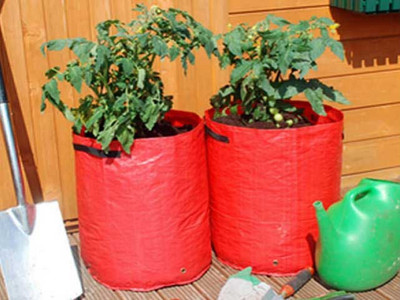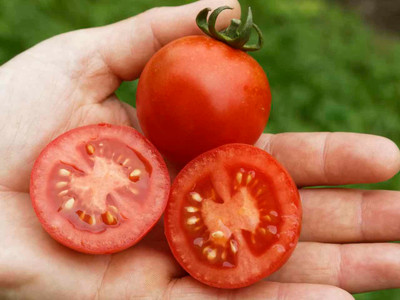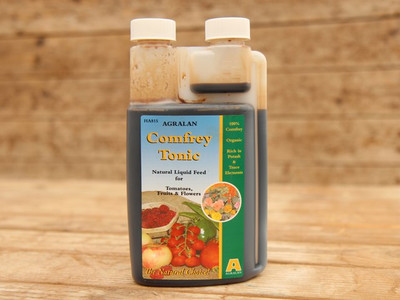Tomato Growing Tips
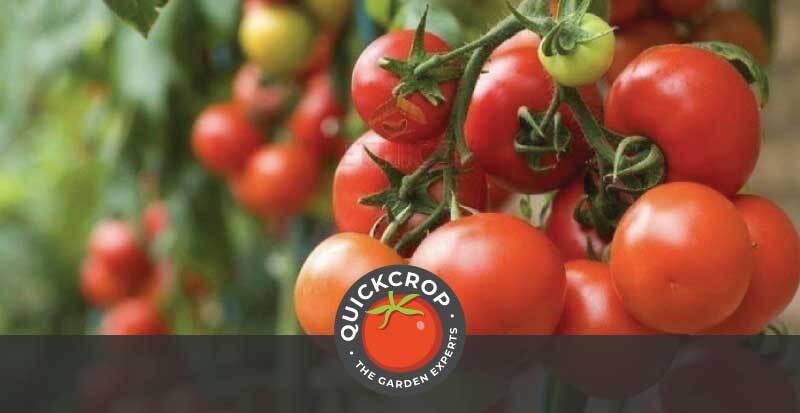
We build a relationship with tomatoes unlike almost any other plant in our vegetable garden, as they need such constant and varying care. We start off the seeds when it is too cold for them to survive on their own; we nurture young plants, trying to maintain the correct balance between heat and light until they are ready to plant out.
Once planted we must encourage them skyward on canes or twine, while checking their unruly habits by pinching out opportunistic side shoots. When they begin to flower we feed them while checking their leaves for blight or nutrient deficiencies, all the while making sure they receive an even supply of water. Overall, they are one of the most demanding plants that we grow.

They are, however, one of the great joys of summer. No other harvest is so eagerly anticipated than the first truss of tomatoes, with their perfect balance between sweetness and acidity. As we know homegrown fruit and vegetables always win on flavour, but tomatoes may well be the crop where the difference is most apparent.
Now that we have entered the home straight, I have assembled a few quick tips to help your tomatoes to ripen and to get the best flavour from this fabulous fruit.

Organic Tomato Fertiliser - Better Plants
View Product#1: Stopping the Vines
The fewer trusses (the clusters of fruit) on a tomato plant, the earlier they will ripen. Obviously we also want to get as much fruit as we can, but it is generally accepted that once 4 or 5 trusses have formed it is best to prevent the plants from producing any more. The reason for this is that we need the plant to put its energy into ripening fruit rather than new growth - before we run out of summer and light levels fall.
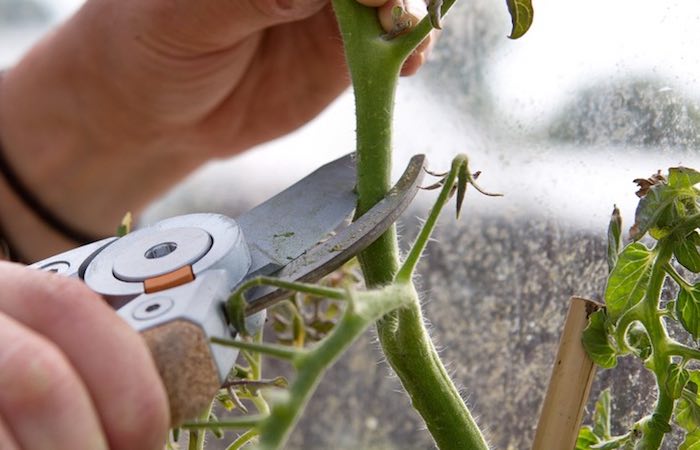
'Stopping' involves removing the main growing tip by cutting off the top of the plant a couple of leaves above the highest truss you want to keep. Your tomato plant will respond to this injustice by trying to produce more side shoots, so you will need to be extra vigilant in removing them once you have removed the top.
If you live in a cold Northern area you may be better to stop plants once 3 trusses have formed, especially in poorer summers.
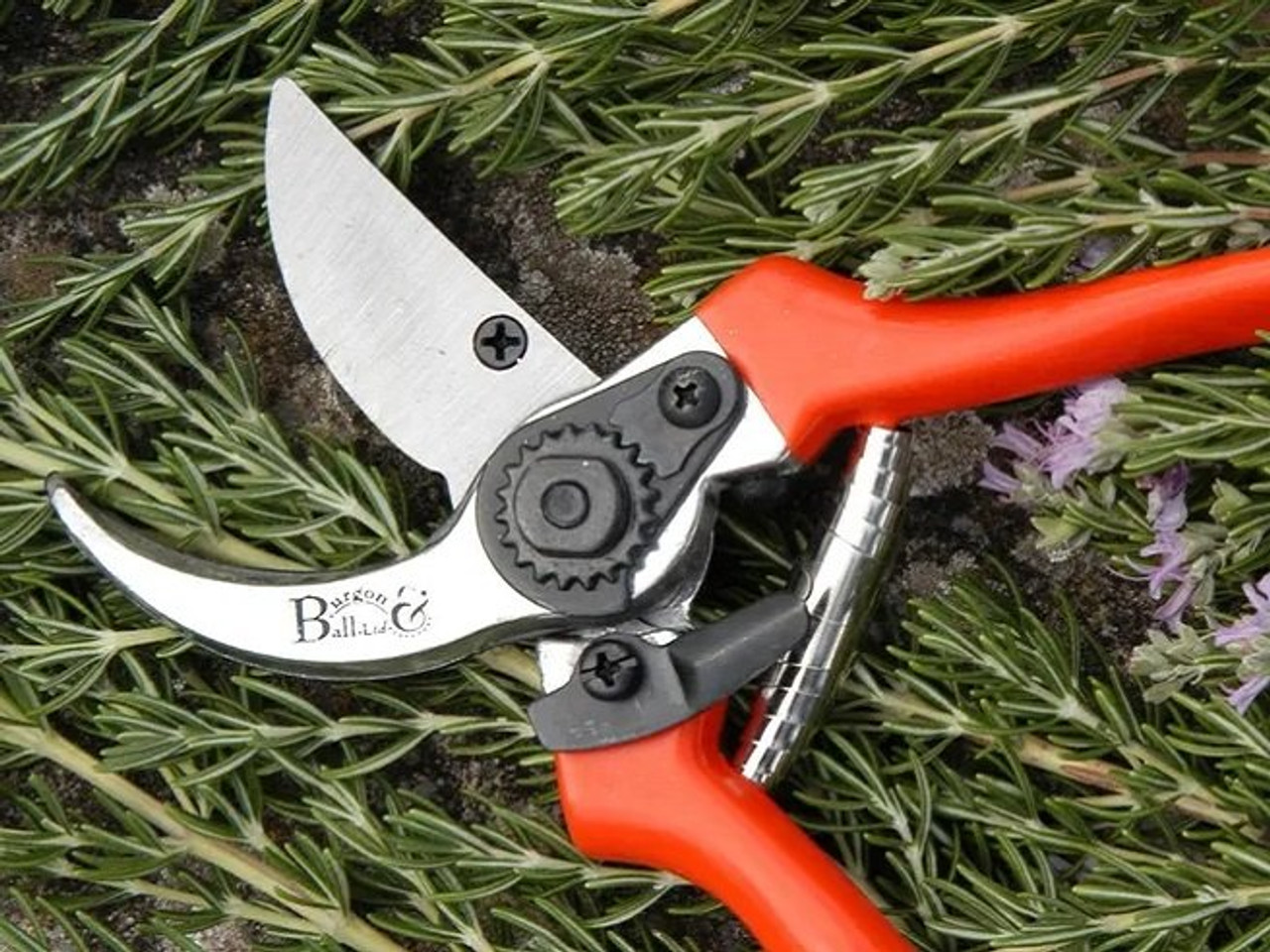
Burgon & Ball Bypass Secateurs
View ProductN.B. The above applies to outdoor tomatoes; for those grown in a greenhouse or polytunnel, stop at 7 or 8 trusses (if you have the height) for southern gardens, and 4 or 5 for areas with a shorter season.
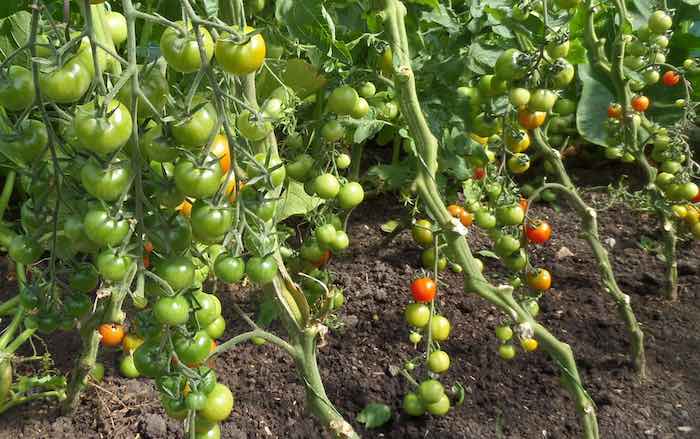
#2: Removing the Lower Leaves
The lower fruit on your tomato plant will be the first to ripen: once it has been picked energy will be diverted to the other trusses, so it makes sense to speed things along.
Leaves that are shading the lower trusses are best removed to allow light in to the ripening fruits. The leaves can be removed right back to the main stem - which will also improve air flow and help control disease. Remember the plant still needs to produce sugars, so only remove about a third of the total number of leaves on the plant.
By the way, the same applies to pumpkins or squash: shading leaves can also be removed at this time of year (early to mid-August) to facilitate the ripening process.
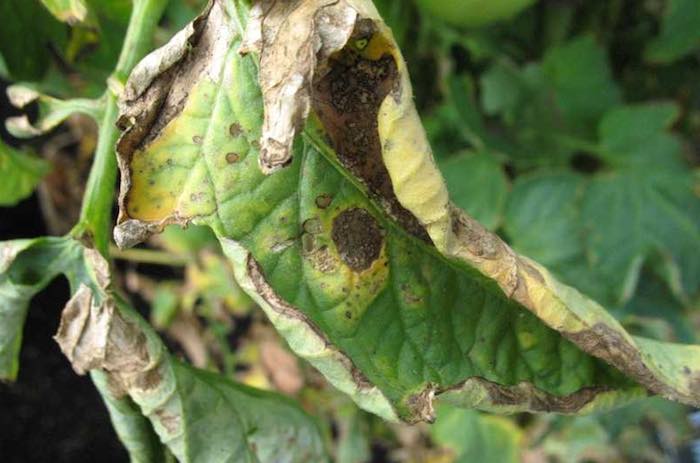
#3: Avoiding Tomato Blight
As all you geniuses already know, tomatoes and potatoes are from the same family - so it follows that they both suffer from blight. As blight spreads in moist air and in water droplets on the plant leaves, it does not tend to be as much of a problem in a polytunnel because the leaves are out of the rain. A drip irrigation system is particularly good, as moisture is delivered direct to the roots while the leaves remain dry.

Build Your Own Drip Irrigation System (16mm Parts Picker)
View ProductIf you notice those characteristic dark brown blotches on tomato leaves, remove them and dispose of well away from the plants. If the case is not too severe you may be able to control blight for long enough to harvest a crop of tomatoes. Avoid watering the leaves to make conditions as difficult as possible for the fungus.
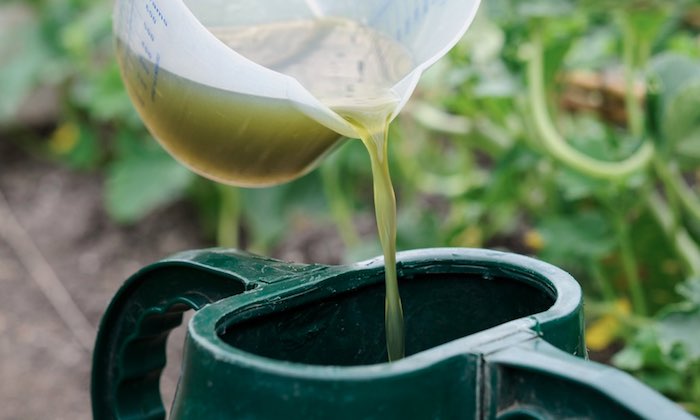
#4: Feeding and Watering Tomato Plants
Unless you have a very rich soil, tomatoes will need to be fed every 2 weeks with a high potash feed. Suitable options include comfrey tonic or a seaweed-based fertilizer formulated for tomatoes.
Try not to over-feed, as not only is it wasteful but it may affect the flavour of your tomatoes. Flavour seems to be best when feed and water are just sufficient, even though the overall yield may be slightly lower. I like to use the seaweed products on tomatoes as they add minerals which are closely linked to flavour.

Irish Seaweed Tomato and Fruit Feed. 2.5 Litre
View ProductKeep up a steady watering regime and try to give the plants just what they need without overwatering. If you have ever left a tomato plant in a pot and forgotten about it, you may have noticed that a dry plant gives fruit with the most intense tomato taste. I am not suggesting you torture your tomatoes, but it is about finding that balance as too much water washes out the flavour.
When fruits are ripening, resist the urge to water more frequently - this will cause the tomatoes to split, as the skins won't be able to grow fast enough to clothe the rapidly expanding flesh. If anything you should cut back on watering a little at this point, as it will help intensify the flavour of the fruit.

Berner Rose Beefsteak Tomato
View Product#5: Harvesting for Flavour
A really good tomato, as far as I am concerned, has a good balance of acid and sweet flavours. It is the acid that give that fantastic tomato 'tang' which you will know so well if you grow the one and only 'Sungold F1'.
It might also be worth remembering that the acid/sweet balance changes as the tomato matures, with the acid being more prominent in the early stages of ripening while the sweetness takes over in fully ripe or over ripe fruit.

Cherry Tomato 'Sungold' F1
View ProductOnce the acid has gone, I feel you have the Yin without the Yang - so I would suggest harvesting while fruit is still firm. If your tomatoes have lost their zip, a little salt and a vinegary (acid) dressing will make them sing again.

